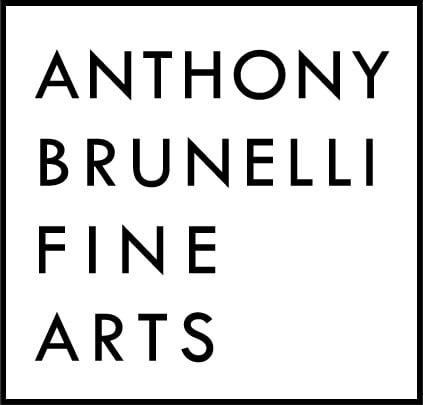RANDY CUMMINGS: Vietnam and Cambodia
Street and Landscape Photography: Color and Black & White
4 February - 26 March 2011
Opening Reception: Friday, 4 February 2011 | 6-9pm
About the exhibition:
Anthony Brunelli Fine Arts is pleased to present a series of photographic works by Randy Cummings. This exhibition features images of street and landscape photography of Vietnam and Cambodia. His vivid color images and stark black & white photographs are up-close and personal vignettes of daily life, sometimes portraying juxtapositions of changing traditions, transitioning economies as well as the ageless beauty that pervades the landscape. There are over 30 framed images on display along with a selection of unframed images available for sale. Please contact the gallery prior to the opening reception if you are interested in a preview or special viewing.
RANDY CUMMINGS (Artist's Statement)
I fell in love with Vietnam the first time I went there in 1969 to work in the Pacification Program with the U.S. Agency for International Development. Two years later I was in the Anthropology Department at SUNY Binghamton, studying to become a social anthropologist and return to Vietnam. I did field work for my doctorate degree in the Mekong Delta in 1974, but with the fall of South Vietnam in 1975 my hopes of working as an anthropologist in Vietnam were dashed. I re-joined USAID in 1976 and spent the next 18 years working overseas as a mission anthropologist and development officer (in Afghanistan, Sri Lanka, the Philippines, Jordan, and Pakistan). I have lived in Vestal NY since 1995.
Most of the photographs in this exhibit were taken during a three-week photography trip to Vietnam and Cambodia in 2010. This was my fifth time back to Vietnam, my second to Cambodia. On this trip, I visited Saigon, Phnom Penh, Siem Reap, Hue, Hoi An, and Hanoi. I speak Vietnamese, though not Cambodian.
I take photographs the same way I did anthropological fieldwork. I want to capture images of people as they are, naturally and un-posed. To do that I either have to quietly blend in or I have to establish some rapport and trust. In a busy market, I might just stand quietly and observe as people go about their business. If I see someone doing something interesting, I will engage them in a conversation, get them to relax and feel at ease while I am shooting. Other than a destination, I generally don’t have a detailed plan when I go out shooting. I like to stroll around, let things develop of their own accord. If nothing interesting develops, I’ll wander off and seek better prospects elsewhere.
I shoot mostly with a digital camera (all my equipment is Nikon) because it is convenient and allows for immediate feedback and correction. I also like the fact that I can instantly show my subjects the images I have taken. This goes a long way toward establishing rapport; and if I can get an email address I’ll send them a file when I get home. I am moving slowly back to film, especially black and white, and I have recently acquired an enlarger and established a darkroom in my basement. I use Photoshop and other post-processing software, but mainly to save an image, not to manipulate it.
I developed an artistic interest in photography in my undergraduate days, had a good camera, and took some decent photos, some of which I developed and printed myself, but my career and other interests precluded me from devoting serious time to photography. About six years ago I happened to acquire a digital SLR camera, and it literally changed my life. Since then I have been working, almost obsessively, to become a photographer. Today, I have a photography business (Bunn Hill Photo), and I consider photography as my third career (I had a tennis business after USAID). But I am still learning, still working on my 10,000 hours.
When I began this recent involvement in photography, I concentrated mainly on landscapes and wildlife. I took thousands of photos of waterfalls, wild flowers, old barns, birds, butterflies, and deer. While these subjects facilitated my return to photography and helped me master the technical skills of digital photography, I found that what I really enjoyed photographing were people, especially people in a cultural context or involved in social activities and events. This was precisely the subject matter of anthropology, and I soon realized that my anthropological skills helped me to take better photos, to become a better photographer.
Although self-taught, I have assiduously studied photographic images and literature. William Allard clearly has had the most profound influence on me and my style of shooting. Henri Cartier-Bresson, Walker Evans, Paul Strand, Dorothea Lange, Edward Steichen, Louis Hine, and W. Eugene Smith, among others, have also been influential. They are all masters and give me constant inspiration.
Today, I view myself as a cultural photographer because what I primarily photograph are cultural activities or events. You’ll find me with camera in hand at county fairs, wrestling tournaments, ethnic festivals, horse shows and rodeos, jazz performances, and so on. Wherever people are gathered I’ll be there, taking photos, capturing life.

